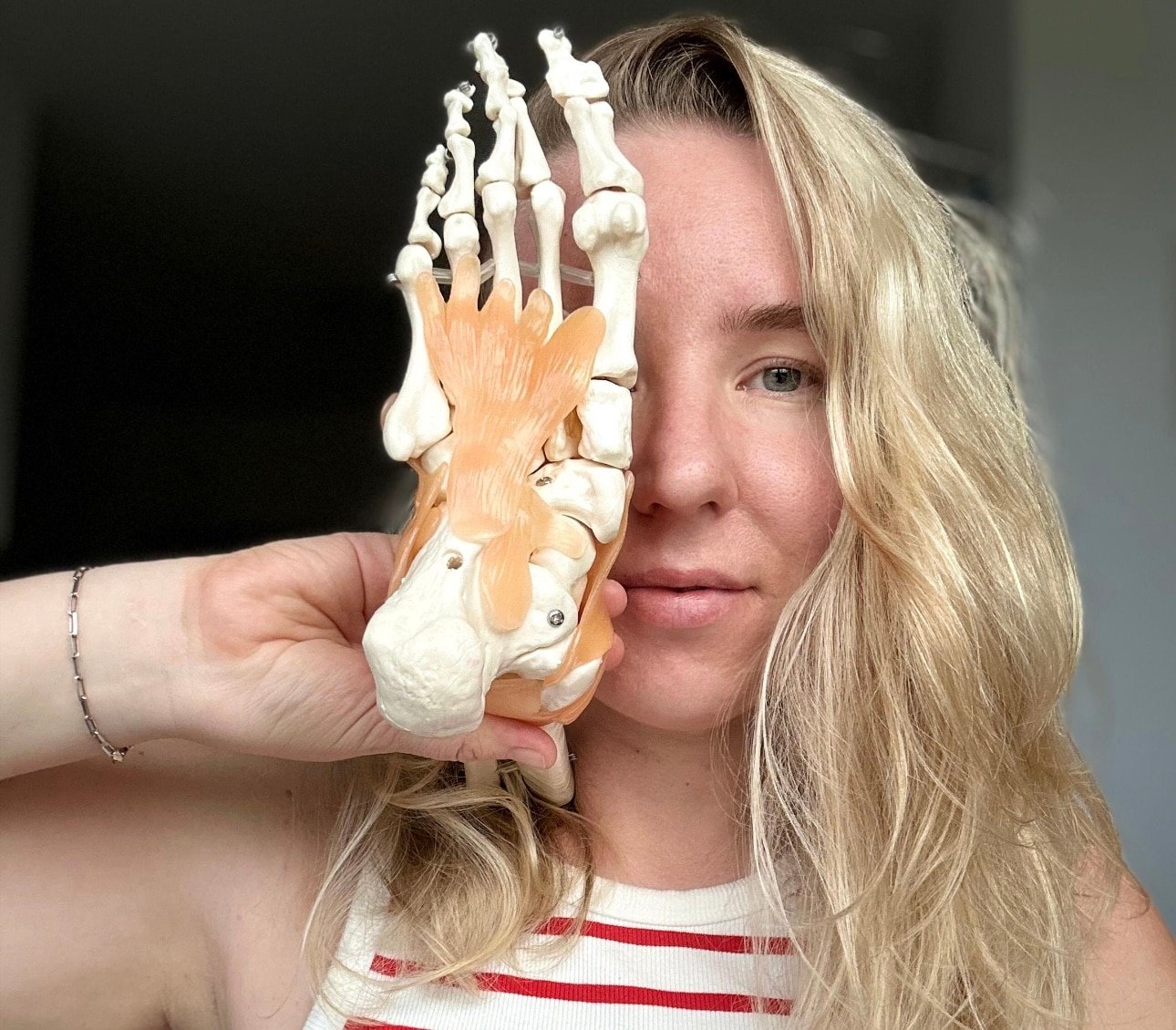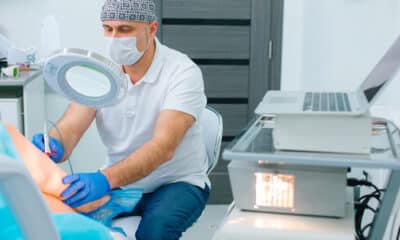Why Preventive Foot Care Is the Missing Link in Senior Wellness By Anna Semchenko, RN, CFN
In the modern landscape of healthcare, preventive strategies are gaining more attention than ever before. Yet one critical area remains alarmingly overlooked: podiatric nursing and geriatric foot care. For elderly patients and individuals with chronic comorbidities like diabetes mellitus and peripheral arterial disease, proactive lower extremity management can be the key to maintaining independence, functional mobility, and overall quality of life.
As a Registered Nurse (RN) and Certified Foot Care Nurse (CFCN), I’ve dedicated my career to raising awareness of this often-neglected subspecialty within community health nursing and developing clinical models that serve the most vulnerable.
Mobile Clinical Practice: BYSEM Medical PC
Through my Brooklyn-based clinical practice, BYSEM Medical PC, I provide evidence-based foot care services, including:
- Diabetic foot risk assessments
- Debridement of hyperkeratotic tissue
- Onyfix® nail correction systems
- Semi-custom orthotic fittings
Unlike traditional brick-and-mortar podiatry practices, our model is fully mobile — we deliver services in the patient’s home environment. This decentralized approach aligns with current trends in home-based primary care (HBPC) and has proven critical in reaching elderly individuals with impaired mobility, cognitive decline, or transportation barriers.
Clinical Realities and Risks Observed During Home Visits
During home visits, we frequently encounter clinically significant concerns, such as:
- Unmanaged onychomycosis
- Interdigital maceration
- Ulcerations with signs of biofilm development
- Recurrent paronychia
Untreated, these conditions can increase the risk of cellulitis, osteomyelitis, and ultimately, lower extremity amputation. Foot care is not a cosmetic indulgence — it is a pillar of limb preservation.
Diabetic Foot Ulcers: The Preventable Crisis
According to the CDC, approximately 15% of patients with diabetes will develop a diabetic foot ulcer (DFU) during their lifetime. When complicated by neuropathy and ischemia, DFUs can progress to infection and require below-the-knee amputation — sentinel events with high morbidity and mortality.
Preventive interventions, including monofilament testing, daily self-inspection, patient education, and routine professional debridement, have been shown to significantly reduce DFU incidence and its sequelae.
Community Outreach: The Sunday Foot Care Project
To help bridge systemic access gaps, I established the Sunday Foot Care Project, a community-based initiative providing no-cost, in-home foot care to socioeconomically disadvantaged geriatric populations.
These visits serve both clinical and psychosocial roles:
- Early detection of pathology
- Human connection for patients experiencing isolation or depression, which often contributes to medical non-compliance
Education and Training: The Dry Pedicure Method CE Course
To expand this care model, I developed a continuing education (CE) course on my proprietary Dry Pedicure Method, adapted from European medical pedicure standards and aligned with American Foot Care Nurses Association (AFCNA) guidelines.
The method emphasizes:
- Strict aseptic technique
- Rotary instruments for atraumatic callus reduction
- Avoidance of water immersion to prevent cross-contamination
- Detailed skin integrity assessments
Product Innovation: SOLE BY SEM
To support long-term self-management and home compliance, I launched SOLE BY SEM, a therapeutic foot care line formulated with:
- Urea-based keratolytics
- Natural antifungals (tea tree, neem oil)
- Occlusive moisturizers for xerosis and heel fissures
Products are FDA-registered OTC topicals and distributed through e-commerce channels to maximize accessibility.
Professional Recognition and Economic Validation
This integrative approach — clinical service, education, and product innovation — has earned recognition from national organizations.
Highlights include:
- Active membership in AFCNA and ANA
- Brand ambassador for the Healthy Feet Alliance
- Featured contributions in Brainz Magazine on foot care as a social determinant of health and nurse-led care models
- Over $100,000 in revenue in 2024, demonstrating the economic sustainability of nurse-driven foot care entrepreneurship
The Future: Scaling a National Mobile Foot Care Network
The U.S. market is undergoing a fundamental shift toward value-based care, expanding CMS reimbursement for chronic care management (CCM) and remote patient monitoring (RPM). This creates new opportunities for nurses to deliver preventive podiatric services in non-traditional settings.
My long-term objective is to:
- Develop BYSEM Medical into a multi-state mobile foot care network
- Integrate foot care with primary care providers, ACOs, and home health agencies
- Expand SOLE BY SEM through partnerships with dermatology clinics, podiatric practices, and retail pharmacy chains
Advocacy for a Healthcare Priority
As foot care professionals, we must advocate for upstream interventions. As nurse educators, we must build training systems rooted in asepsis, assessment, and patient education. And as innovators, we must build care models that make lower extremity preservation a national priority. Because when we save a foot, we preserve more than just tissue — we preserve independence, dignity, and years of life.
















